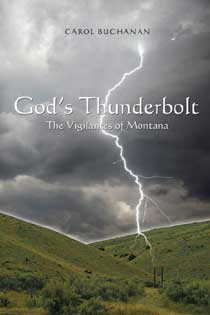
Before a book goes into production, as the publishers call manufacturing the book, the designers have to do their work. Two types of design work can make your book as appealing as a book produced by a professional publisher: Interior design and cover design.
Interior Design: Most people think a book is just thrown on the printer, but several considerations go into making a book that people actually feel comfortable reading. The questions to ask about interior design are these:
- What size should the book be?
- How many lines of print should there be to a page?
- How much space should there be between lines? (Known as Leading.)
- How many words to each line, on average?
- How wide should the margins be?
- Where do page numbers go?
- Where does the book title go?
- Does each chapter have a title? If so, where does the chapter title go?
- What should the type look like?
- What information is printed on the reverse of the title page?
To find the answers to these questions, spend some time in a bookstore, or with your own books. Look at them, and do some simple arithmetic with several books. What size should your book be? In the bookstore, look at what categories of books are printed in mass market or trade paperback formats. The mass market paperback is the small fat book; the trade paperback is the larger size. The printer will ask what the trim size of your book should be. To select a trim size, measure a closed paperback book. That’s the trim size.
To get an idea of how many pages your book will be in print, find a book in the trim size you think would be best for your book. Look in the categories that best fit your book. Estimate the number of words in the sample book or books by this method:
- Count the number of words in a line, and average the total. I count the words on every fifth line and divide by how many lines I count to get the average number of words per line.
- Multiply that times the number of lines on the page to get the average number of words per page.
- Multiply the average number of words per page by the number of pages in the sample book to learn the rough count of words in it.
- Compare that number with the word count of your own book.
Knowing the approximate number of pages in the finished book can help you later in deciding which printers have the best prices.
Use a ruler to measure the books’ pages to get the measurements you think would best suit your book. If you don’t know anything about typography, telling the printer the number of lines to a page for the size book will help determine the size of the type. A 6” X 9” book with 33 lines per page is a comfortable read, and an average 10 words per line generally means 12 point type, a comfortable size for most people’s eyes.
The mistake many self-publishers make is to have too many lines per page, which can give readers an uncomfortable sense of crowding on the page. Some writers do this to save money on the printing costs, but it doesn’t help to sell books. You won’t sell more books by cheapening the book’s appearance or its price. People will pay more for a good book and pass up a poorly done book that costs less.
The book title and your name belong at the top of the pages. If you have chapter titles, you might want the chapter title on the top left-hand and the book title at the top of the right-hand page. Again, study other books to see how what they have done and what you prefer for your own book. The title is placed at the top of a page in what’s called the “running header.” The page numbers usually belong at the bottom of the page in – you guessed it – the “running footer.” (Headings, by the way, are the subdivisions of a chapter.)
Cover Design: The cover is the reader’s first impression of your book. Think carefully about what you want to convey to someone who has never seen the book before. Will your cover intrigue the reader enough that he or she picks up the book to see more? You might want to watch people in a bookstore who are browsing through the books. Note what they do. They look at the front cover. Then they look at the back cover. If their interest still holds, they may read the back. Then maybe they’ll look inside and read the first paragraph.
At each of these points, they may either go on with the book or put it back. They have four decision points before they take the book to the cash register.
Look at the covers of the books similar to yours. What do you see? What colors are used? Are there common elements in best sellers’ covers? Are the titles bigger than the authors’ names? If so, that author (like me) isn’t a household word whose name alone can sell any book, even if someone else writes it. (Robert Ludlum, for example.) When you have finished with your cover study, think about what your cover should tell the reader, both in words and in the design.
In one bookstore I visited, a man sat at a table with about 20 copies of his book stacked in front of him. The top half of the cover was white with big black print; the bottom half was black with big white print. The title of the book was “Thoughts and Ideas.” “Thoughts” in black, “Ideas” in white. When I left some time later, the stack was no smaller. What would this cover say to you?
The main question for a cover, then, is this: Will it help sell your book? Will people see it and pick up the book?
Production
A book goes into production when it’s printed, trimmed, and bound. For this phase of publishing, your main questions might be:
- How much will this cost?
- How many books might I sell?
- Should I have the book printed online or on Main Street?
- How much should I sell it for to booksellers? To readers?
Here I have to confess two biases. First, I’m in favor of online distribution, simply because that’s the least expensive method I know of to reach the greatest number of people. And the Internet is ubiquitous, with millions of Web sites and millions more bloggers, Tweeters, and social networkers. Not to mention all those who just log on for various purposes. Second, I’m in favor of Amazon. When a book is on Amazon, it is in the global marketplace.
However, selling online is not the only way books are marketed and sold. Books are also sold through brick & mortar stores, bookstores and others. To get into bookstores with the least out-of-pocket expense to yourself, you’ll need a ground-based distributor such as Ingram, Baker & Taylor, or any of a number of others.
A year ago, when Amazon announced that it would turn off the “Buy Now” button for all self-published books not printed by its own wholly-owned subsidiaries, BookSurge and CreateSpace, howls of outrage arose from the self-publishing community. However, Ingram, the country’s largest ground distributor, requires all self-published books to be printed through its own wholly owned subsidiary, Lightning Source, Inc.
To get an idea of how much printing might cost, you might want to investigate inventory and distribution as well, because how you decide to handle those two facets of publishing will affect how many copies you will need to have printed. (More on inventory and distribution below.)
For example, POD or not POD? That is a question. (Sorry, Will.) POD means Print on Demand, and some distributors, such as Partners West, will not handle POD books.
To keep the unit price of your book down and your profit margin up, you might want to consider ordering books in a larger quantity, 500, 1,000, or more. However, this requires a larger cash outlay. At a signing, I sat between two other self-publishers who congratulated themselves on the low unit price of their books, but they had each ordered 1,000 books for a total of $6,000+, not including shipping and handling.
They then had to store the books someplace until they could sell them, with extra expenses for electricity, humidity control, and lighting. (See Distribution below.) Be sure to factor these costs into the overall cost of the book. And ask yourself if you can afford a sizeable financial outlay with no return for six months, possibly more.
To know how many books you want to order, you might have an idea how many books you will sell. The answer to that question is in the realm of the crystal ball, because it depends on how well people like the book as well as where they can find it and how thoroughly and persistently you promote it.
When you have some idea of how you’d prefer to handle inventory and distribution, you can develop a ballpark price with which to compare printing costs from various printing companies. The answers to the following questions will help you come up with the retail price of the book.
- How much do you want to sell it for? (I decided it had to be less than $20.00.)
- How much do you want to make on each book?
- Which printing method will give you the best return? If you buy 500 or 1,000 copies of your book from the printer, your unit costs will go down, but only after you have sold them all.
- Can I afford a sizeable cash outlay? It’s not only the money itself, but the cost of the money. If you use a credit card, figure in the interest you have to pay on that money. If you take it out of savings, figure how much interest you lose.
Next up: Marketing and Distribution.
Get an Editorial Review | Get Amazon Sales & Reviews | Get Edited | Get Beta Readers | Enter the SPR Book Awards | Other Marketing Services



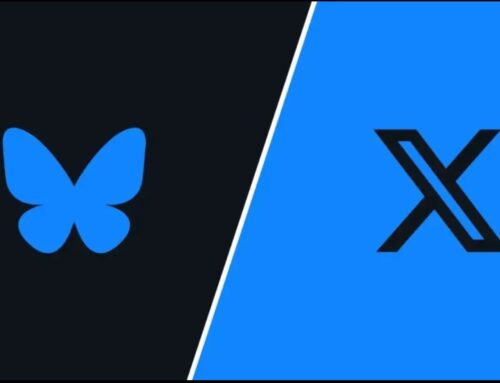
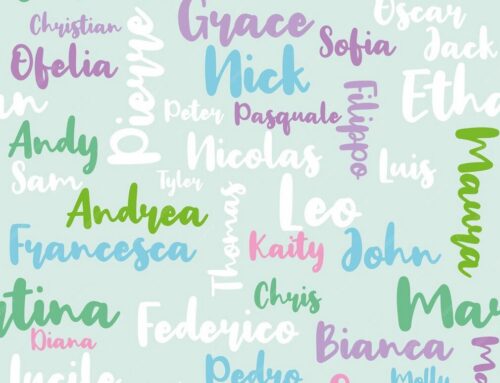

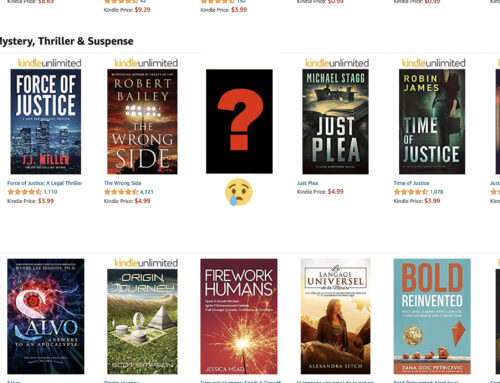
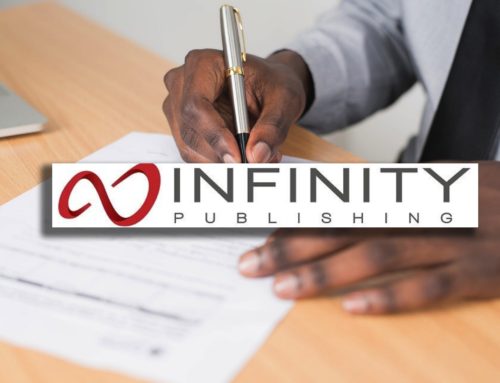
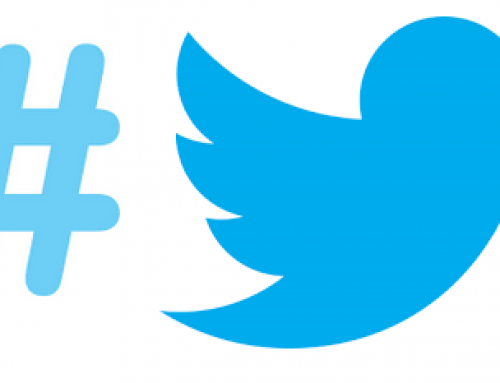

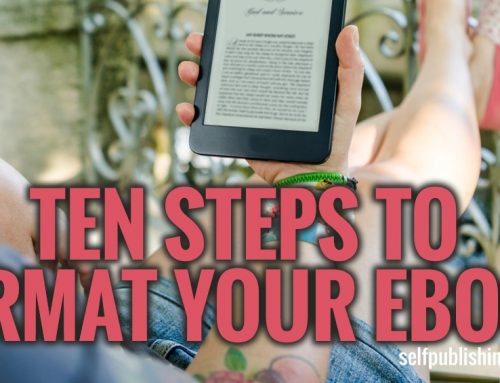
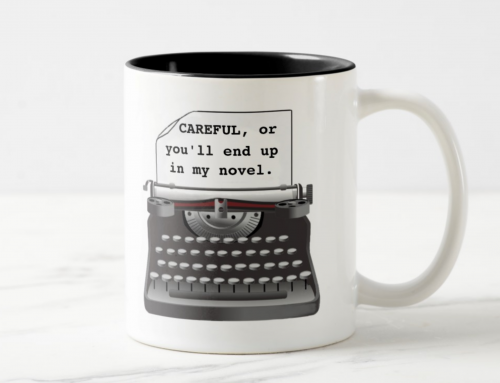
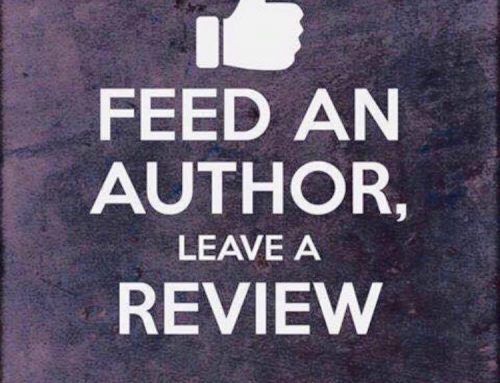
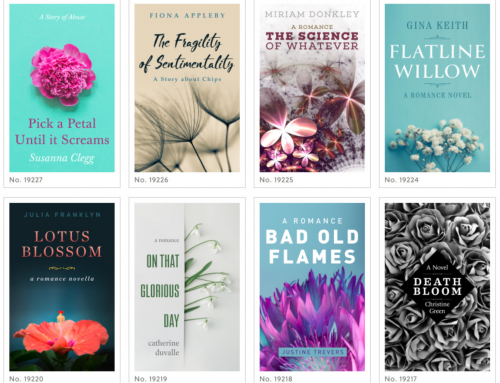
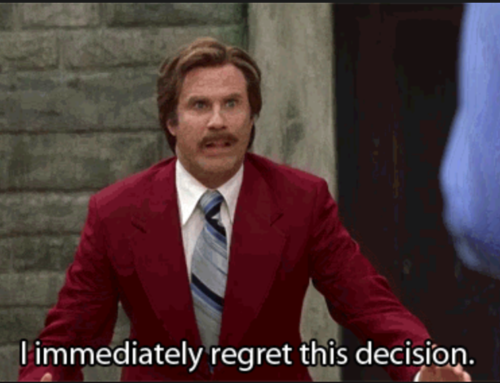
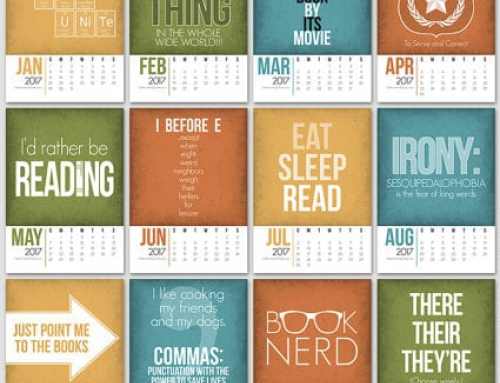

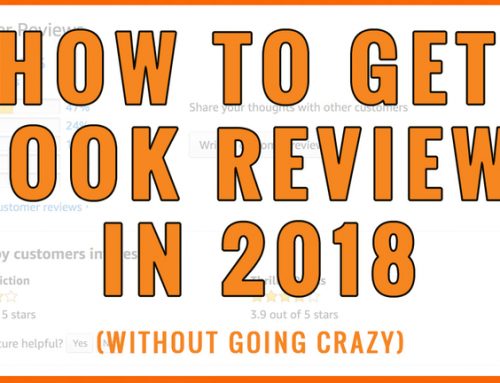
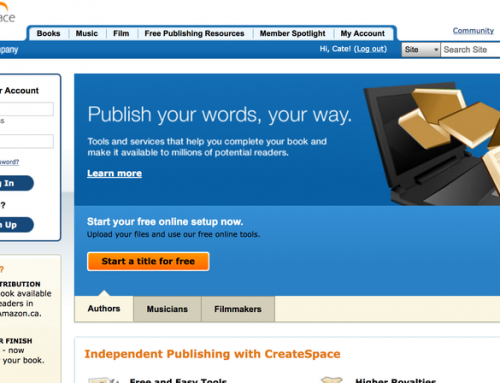
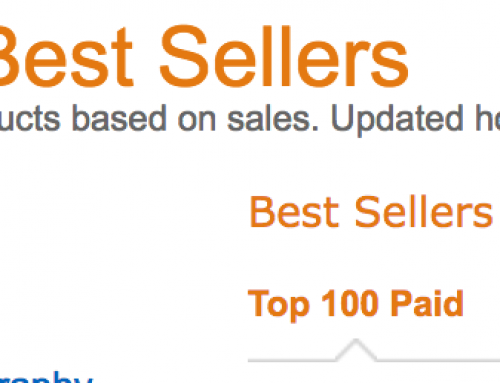

Leave A Comment